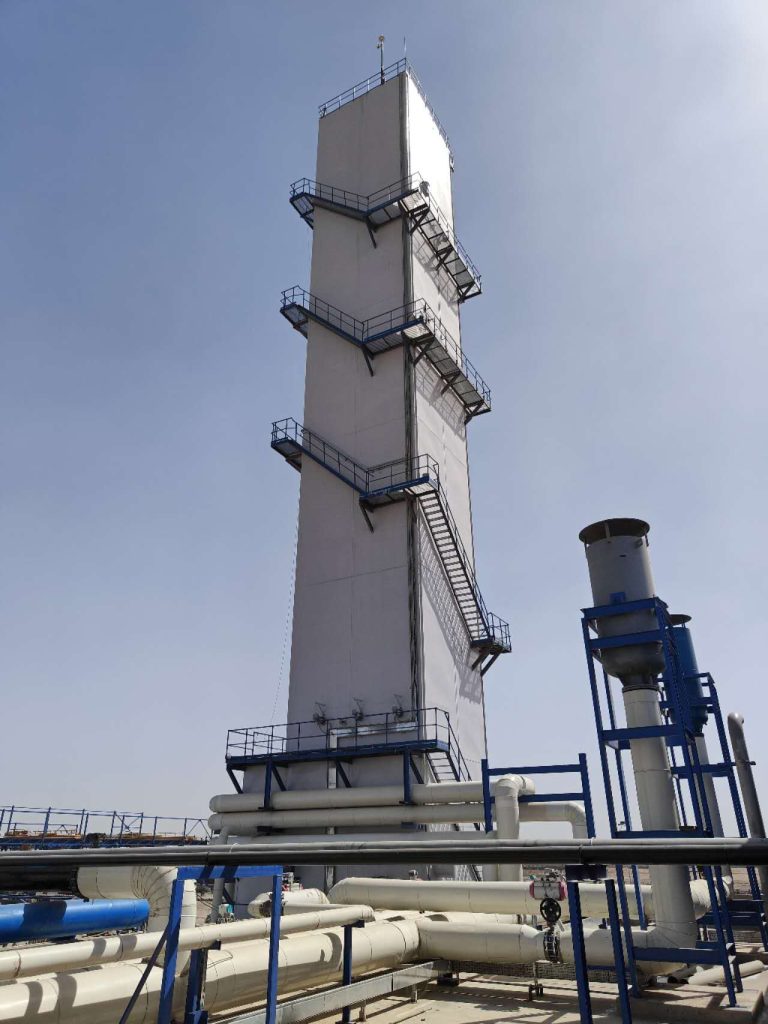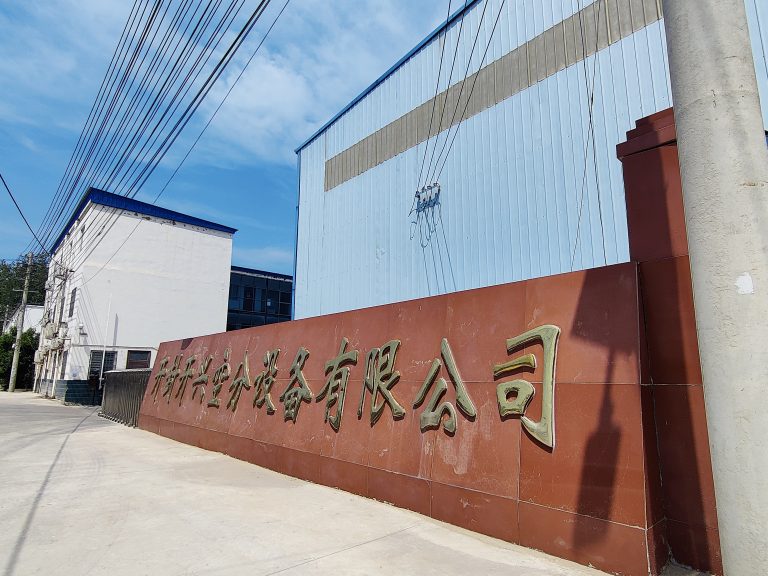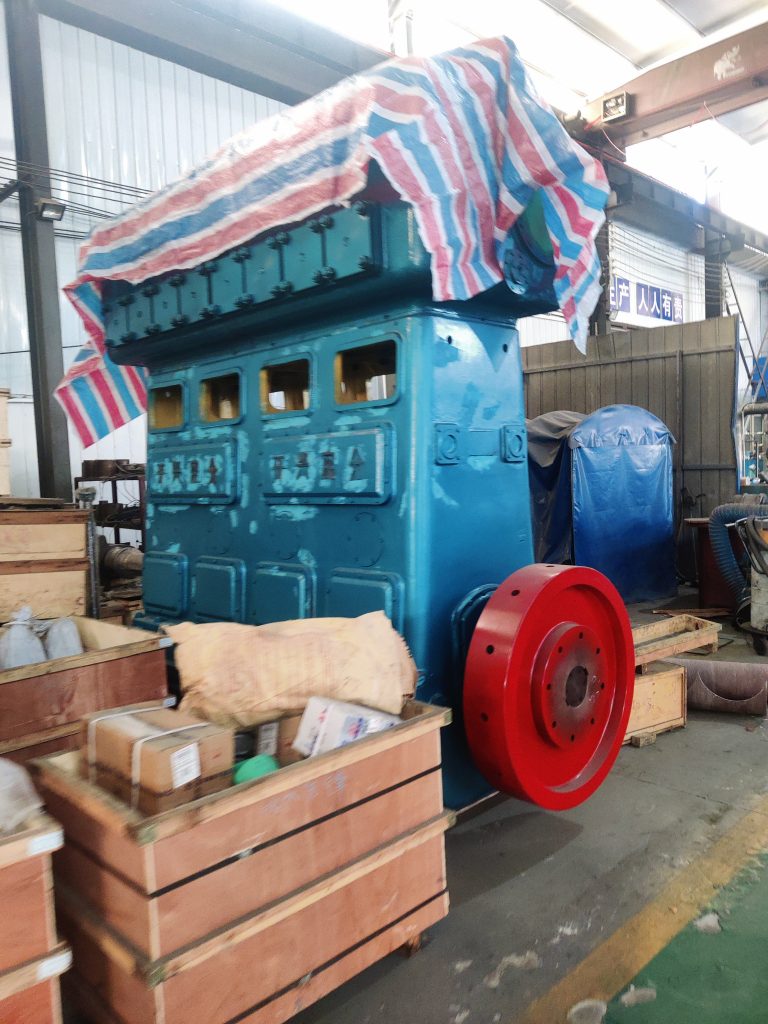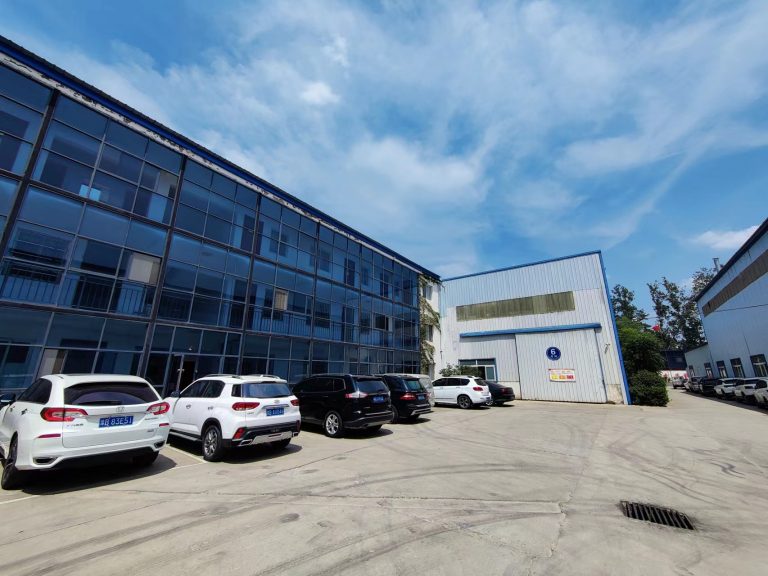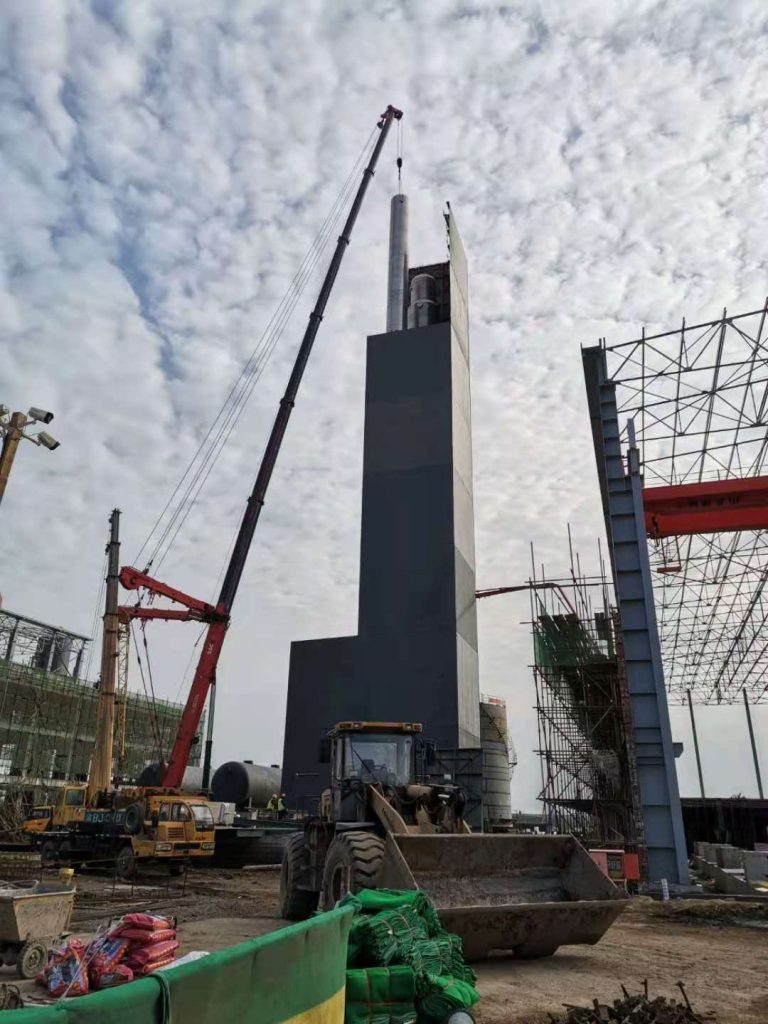What is the content of the distillation separation section in the cryogenic air separation textbook? First, liquid-air repeated distillation led to the description of pure oxygen, which belongs to the prehistory of rectification technology, a high technology of the handicraft age, used in the production of luxury goods such as high alcohol and perfume. The process of liquid and air distillation described in the textbook to obtain pure oxygen is not possible in reality, it is just an imaginary thought experiment. Of course, the textbook also gives a simple calculation of distillation theory, but it is very superficial and has many mistakes. There is not even a definition and calculation of the actual reflux ratio (the reflux liquid-gas ratio in the rectification section and the reflux gas-liquid ratio in the extraction section) and the minimum reflux ratio, without which the rectification calculation is impossible (using software calculation is another matter). It does not reflect the development of distillation theory and practice at all, let alone the most cutting-edge distillation theory and technology, which is completely inconsistent with the position of distillation separation in the technical core of cryosphere air separation, and the content of heat pump distillation is disappeared in the textbooks, and heat pump distillation is the most important energy saving technology direction of modern distillation. And the extreme importance of energy saving for cryogenic air separation technology is well understood, why does this happen? Distillation technology has experienced the distillation and condensation separation in the industrial era, conventional distillation and double-effect distillation in the industrial era, multi-effect distillation (only applicable to the distillation process with a boiling point above the ambient temperature), Modern single heat pump and multi-heat pump distillation and completely self-heating distillation that open heat pump distillation (not only applicable to the distillation process of boiling point above the ambient temperature but also applicable to the distillation process of boiling point below the ambient temperature including air separation distillation), which distillation technology is divided into standard conventional distillation (single effect distillation), double effect distillation and multi-effect distillation. Single heat pump and multi-heat pump distillation and complete self-heating distillation is an open heat pump process, in which double-effect distillation and multi-effect distillation correspond to single heat pump distillation technology and multi-heat pump distillation technology in rectification, they are each other’s replacement and upgrading relationship, the difference between them is that the energy source of double-effect and multi-effect distillation is steam, which is two rectification towers and multiple rectification towers under different pressures. The main source of energy for single heat pump and multi-heat pump distillation is the gas compression work of the intermediate product of the distillation raw material and the distillation product (heat pump circulating working medium compression work), and the single heat pump and multi-heat pump distillation is to achieve the distillation separation of the binary system in the single-stage distillation tower! Double-effect distillation and multi-effect distillation and single heat pump and multi-heat pump distillation are replaced and upgraded rather than co-existing. In the theory of distillation, there are also so-called ternary and multicomponent partition models, which specifically discuss how ternary and multicomponent systems can carry out rectification organization according to the proportion and physical properties of each component. These are the basic knowledge necessary for the separation of oxygen, nitrogen and argon ternary system distillation, but they are not seen in the textbooks of cryogenic air separation. How can we know why and why? What a dilemma! For example, the deep-cooling air separation textbook says that the two-tower process is a double-effect distillation process, but the double-effect distillation and single-effect distillation (standard conventional distillation) and multi-effect distillation have steam reboiler and cooling water condenser. Single-effect distillation is a single-stage distillation column, double-effect distillation is two distillation columns with different pressures, and multi-effect distillation is a plurality of distillation columns with different pressures, but they can achieve complete distillation separation of binary system. The difference only lies in the difference of cooling and heating schemes and the size of energy consumption, in general, the steam consumption of double-effect distillation is lower than that of single-effect distillation (standard conventional distillation), and the steam consumption of multi-effect distillation is lower than that of double-effect distillation (note that this is steam consumption, not energy consumption)! The so-called double tower process is a completely self-heating distillation process, there is no steam reboiler and cooling water condenser, how can the double tower process be a double effect distillation process? ! The list goes on and on! The cryogenic air separation textbook even demonstrates the conclusion that oxygen and nitrogen can be completely separated only in the two-stage rectification tower, and has become a mandatory content for cryogenic air separation technicians and operators, not to mention that the demonstration process is logically imprecise (in fact, it has made the logical error of incomplete induction), and the conclusion directly challenges the basic common sense of rectification! The most basic content of distillation is to achieve complete distillation separation of high and low boiling point components (binary system) in a single stage distillation column. How can we begin to realize complete distillation separation of oxygen and nitrogen binary system in a single stage distillation column?
